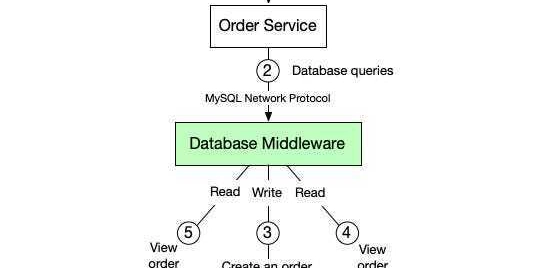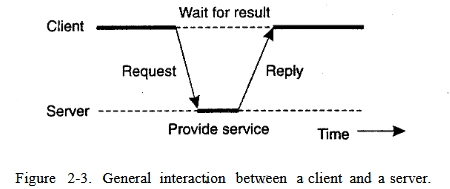The Ethics of AI in Recruitment: A Code-Level Perspective
As artificial intelligence (AI) continues to revolutionize various industries, recruitment is one of the areas seeing profound transformation. AI-powered tools are now commonplace, being used to screen resumes, evaluate candidates, and even conduct initial interviews. However, with the rapid adoption of AI in hiring, there arises an urgent need to discuss its ethical implications, especially from a development standpoint. At CorporateOne, we believe in responsible innovation and are committed to building ethical AI systems that prioritize fairness, transparency, and accountability. In this blog, we’ll take a deep dive into the ethics of AI in recruitment from a code-level perspective. The Role of AI in Recruitment AI in recruitment can take many forms. From automating candidate screening and assessing skills through natural language processing (NLP) to utilizing machine learning (ML) models for predicting a candidate’s fit within a company’s culture, AI promises to make hiring more efficient and objective. However, as developers working with AI in recruitment systems, it’s our responsibility to ensure that these algorithms are designed with ethics in mind. Let’s break down some of the key challenges we face when building AI tools for hiring, and explore what can be done to mitigate biases, ensure fairness, and promote transparency. Avoiding Bias in AI Algorithms One of the biggest concerns with AI in recruitment is the potential for bias. Biases can be embedded in AI systems in two ways: Training Data Bias: If the data used to train an AI model contains biases, the model will likely reproduce these biases. For example, if historical hiring data reflects discrimination against certain demographic groups, the AI will learn from this data and perpetuate similar discriminatory patterns in future hiring decisions. Algorithmic Bias: Even with fair data, the way an AI algorithm is designed can introduce biases. If an algorithm is optimized to prioritize certain attributes (e.g., keywords from resumes, educational institutions, etc.), it may inadvertently disadvantage certain groups of candidates. How to Mitigate Bias at the Code Level: Data Auditing and Preprocessing: As developers, we need to ensure that the data used to train AI models is thoroughly audited for bias. This includes removing any demographic-related variables (e.g., race, gender, or age) that could influence the decision-making process. We also need to preprocess the data to ensure it's representative and diverse, reducing the chances of discriminatory outcomes. Bias Detection and Mitigation Algorithms: Using fairness-aware machine learning algorithms is one way to minimize bias in AI systems. Techniques such as adversarial debiasing or fairness constraints can be implemented to ensure that models do not produce biased outcomes. Continuous Monitoring: AI systems should not be static. Regularly auditing and testing AI models for bias post-deployment is crucial. This can be achieved through fairness metrics and real-world validation to ensure that the system continues to operate fairly as it interacts with new data. Transparency and Accountability in AI Decision-Making One of the core principles of ethical AI is transparency. Recruitment decisions made by AI systems can have a significant impact on candidates' lives, yet these decisions are often made behind the "black box" of complex algorithms. The lack of transparency in how AI makes decisions can lead to a lack of trust in the system. How to Improve Transparency: Explainability of Models: Developers must prioritize building explainable AI models. Rather than using black-box models (like deep learning), opting for more interpretable models (such as decision trees or linear regression) can provide insights into how decisions are made. Even with complex models, using explainable AI techniques like LIME or SHAP can help unpack model decisions for both recruiters and candidates. Audit Trails: Establishing audit trails for AI decisions is key to ensuring accountability. These logs should capture the reasoning behind each decision, which can be reviewed if a candidate raises concerns or if an issue arises. By doing so, we allow transparency in recruitment processes, ensuring that all decisions can be justified and reviewed. Ensuring Fairness in the Recruitment Process AI should be used to level the playing field, not to reinforce existing inequalities. Ensuring fairness in AI recruitment systems means that all candidates, regardless of background, are evaluated based on their skills and qualifications, not on factors unrelated to job performance. How to Ensure Fairness: Diverse Data Representation: It's essential to use diverse datasets to train recruitment AI. A diverse dataset helps ensure that the model generalizes better and doesn’t favor one particular demographic group over another. This can be achieved by ensuring that your data represents various ethnicities, genders, educati

As artificial intelligence (AI) continues to revolutionize various industries, recruitment is one of the areas seeing profound transformation. AI-powered tools are now commonplace, being used to screen resumes, evaluate candidates, and even conduct initial interviews. However, with the rapid adoption of AI in hiring, there arises an urgent need to discuss its ethical implications, especially from a development standpoint.
At CorporateOne, we believe in responsible innovation and are committed to building ethical AI systems that prioritize fairness, transparency, and accountability. In this blog, we’ll take a deep dive into the ethics of AI in recruitment from a code-level perspective.
The Role of AI in Recruitment
AI in recruitment can take many forms. From automating candidate screening and assessing skills through natural language processing (NLP) to utilizing machine learning (ML) models for predicting a candidate’s fit within a company’s culture, AI promises to make hiring more efficient and objective.
However, as developers working with AI in recruitment systems, it’s our responsibility to ensure that these algorithms are designed with ethics in mind. Let’s break down some of the key challenges we face when building AI tools for hiring, and explore what can be done to mitigate biases, ensure fairness, and promote transparency.
- Avoiding Bias in AI Algorithms One of the biggest concerns with AI in recruitment is the potential for bias. Biases can be embedded in AI systems in two ways:
Training Data Bias: If the data used to train an AI model contains biases, the model will likely reproduce these biases. For example, if historical hiring data reflects discrimination against certain demographic groups, the AI will learn from this data and perpetuate similar discriminatory patterns in future hiring decisions.
Algorithmic Bias: Even with fair data, the way an AI algorithm is designed can introduce biases. If an algorithm is optimized to prioritize certain attributes (e.g., keywords from resumes, educational institutions, etc.), it may inadvertently disadvantage certain groups of candidates.
How to Mitigate Bias at the Code Level:
Data Auditing and Preprocessing: As developers, we need to ensure that the data used to train AI models is thoroughly audited for bias. This includes removing any demographic-related variables (e.g., race, gender, or age) that could influence the decision-making process. We also need to preprocess the data to ensure it's representative and diverse, reducing the chances of discriminatory outcomes.
Bias Detection and Mitigation Algorithms: Using fairness-aware machine learning algorithms is one way to minimize bias in AI systems. Techniques such as adversarial debiasing or fairness constraints can be implemented to ensure that models do not produce biased outcomes.
Continuous Monitoring: AI systems should not be static. Regularly auditing and testing AI models for bias post-deployment is crucial. This can be achieved through fairness metrics and real-world validation to ensure that the system continues to operate fairly as it interacts with new data.
- Transparency and Accountability in AI Decision-Making One of the core principles of ethical AI is transparency. Recruitment decisions made by AI systems can have a significant impact on candidates' lives, yet these decisions are often made behind the "black box" of complex algorithms. The lack of transparency in how AI makes decisions can lead to a lack of trust in the system.
How to Improve Transparency:
Explainability of Models: Developers must prioritize building explainable AI models. Rather than using black-box models (like deep learning), opting for more interpretable models (such as decision trees or linear regression) can provide insights into how decisions are made. Even with complex models, using explainable AI techniques like LIME or SHAP can help unpack model decisions for both recruiters and candidates.
Audit Trails: Establishing audit trails for AI decisions is key to ensuring accountability. These logs should capture the reasoning behind each decision, which can be reviewed if a candidate raises concerns or if an issue arises. By doing so, we allow transparency in recruitment processes, ensuring that all decisions can be justified and reviewed.
- Ensuring Fairness in the Recruitment Process AI should be used to level the playing field, not to reinforce existing inequalities. Ensuring fairness in AI recruitment systems means that all candidates, regardless of background, are evaluated based on their skills and qualifications, not on factors unrelated to job performance.
How to Ensure Fairness:
Diverse Data Representation: It's essential to use diverse datasets to train recruitment AI. A diverse dataset helps ensure that the model generalizes better and doesn’t favor one particular demographic group over another. This can be achieved by ensuring that your data represents various ethnicities, genders, educational backgrounds, and other attributes.
Fairness Constraints: We can incorporate fairness constraints into the model's objective function during training to ensure that the AI treats all candidates equally. For example, fairness metrics like demographic parity or equal opportunity can be used to enforce fairness in the model’s decision-making process.
Human-in-the-Loop Systems: While AI can assist with the initial stages of recruitment, human judgment is still critical for ensuring fairness and making the final decisions. Incorporating human review as a step in the process helps catch any potential issues the AI might miss and provides a layer of accountability.
- Ethical Considerations of Data Privacy Recruitment AI systems process large amounts of personal data, including resumes, contact details, and sometimes even social media profiles. As developers, we must ensure that data privacy is respected and that the system adheres to regulations such as GDPR or CCPA.
How to Safeguard Privacy:
Data Anonymization: Wherever possible, candidate data should be anonymized to prevent any personally identifiable information from influencing decisions. This approach can protect privacy while still allowing the system to evaluate candidates effectively.
Encryption: All personal data must be securely encrypted both at rest and in transit to prevent unauthorized access.
User Consent: Transparency regarding how candidate data is used is crucial. Implementing user consent mechanisms allows candidates to be fully informed about how their data will be processed and stored.
Conclusion: Ethical AI for Recruitment
As AI continues to transform recruitment processes, it’s important that we, as developers, take an ethical approach when designing AI systems. By focusing on mitigating bias, ensuring transparency, upholding fairness, and safeguarding privacy, we can build AI tools that empower recruiters while promoting an equitable hiring process.
At CorporateOne, we are dedicated to creating AI solutions that prioritize fairness and transparency. As we continue to innovate, we strive to build AI systems that make a positive impact on the future of recruitment and work.
For more insights on ethical AI and recruitment, visit us at www.corporate.one.







































































































































































![[The AI Show Episode 145]: OpenAI Releases o3 and o4-mini, AI Is Causing “Quiet Layoffs,” Executive Order on Youth AI Education & GPT-4o’s Controversial Update](https://www.marketingaiinstitute.com/hubfs/ep%20145%20cover.png)











































































































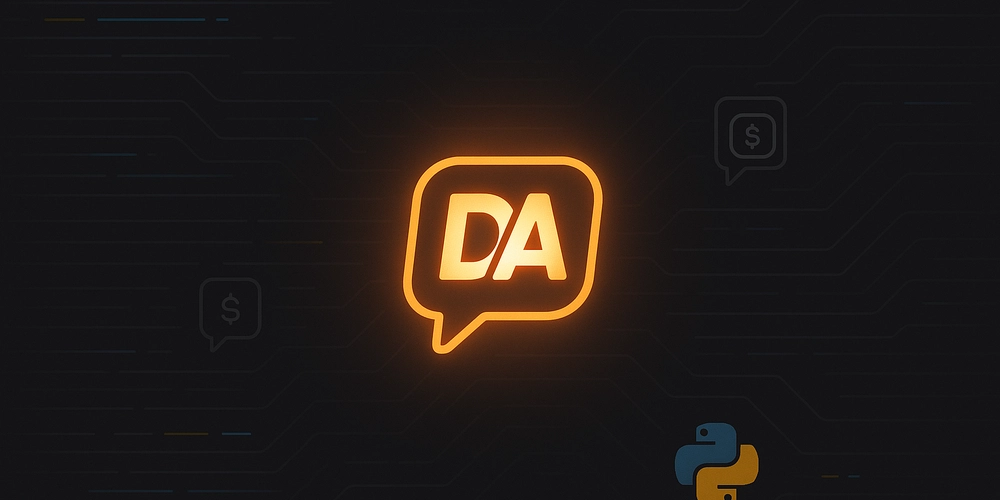





















![From Art School Drop-out to Microsoft Engineer with Shashi Lo [Podcast #170]](https://cdn.hashnode.com/res/hashnode/image/upload/v1746203291209/439bf16b-c820-4fe8-b69e-94d80533b2df.png?#)













































(1).jpg?#)


























































































_Inge_Johnsson-Alamy.jpg?width=1280&auto=webp&quality=80&disable=upscale#)

























































































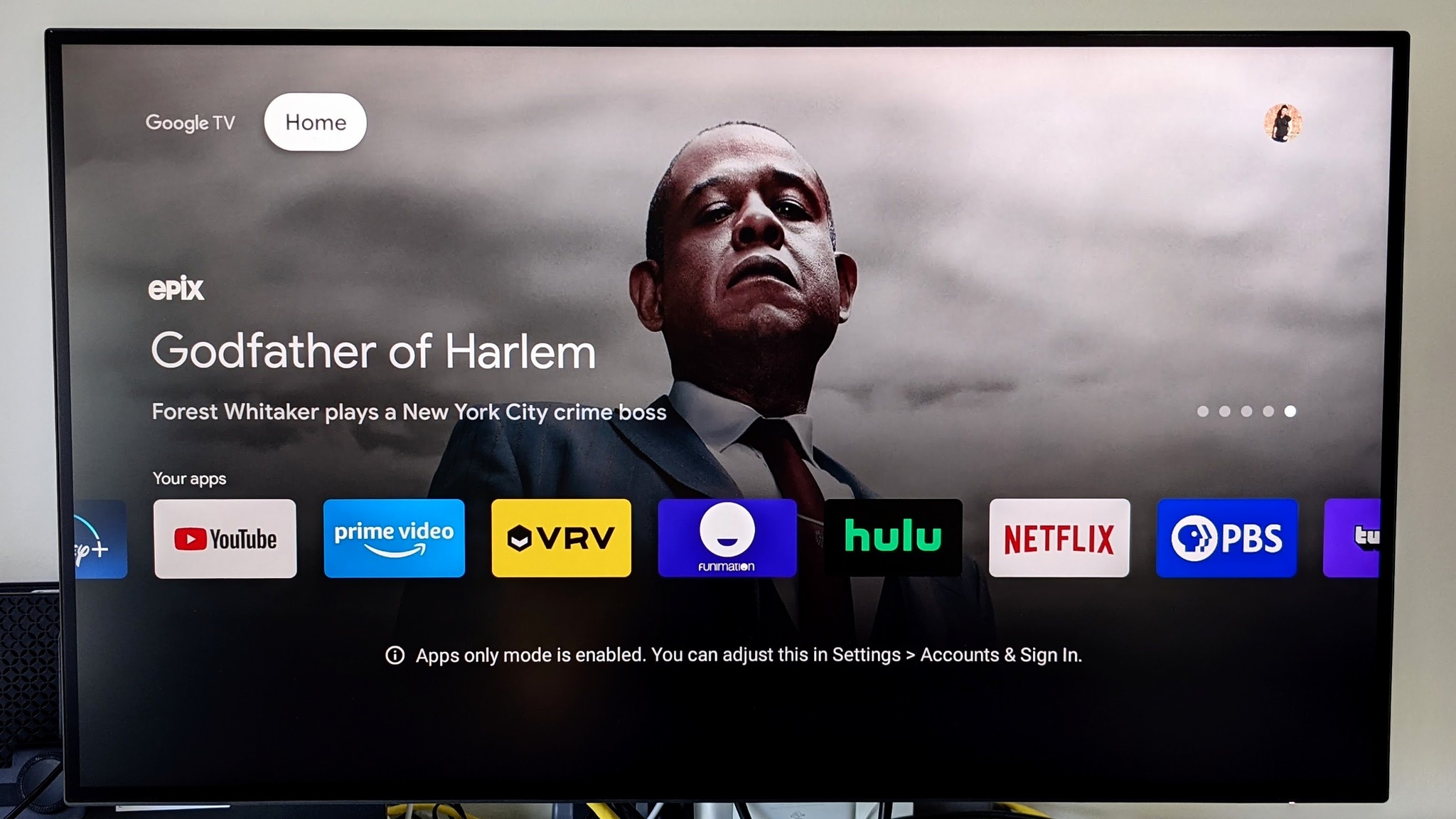


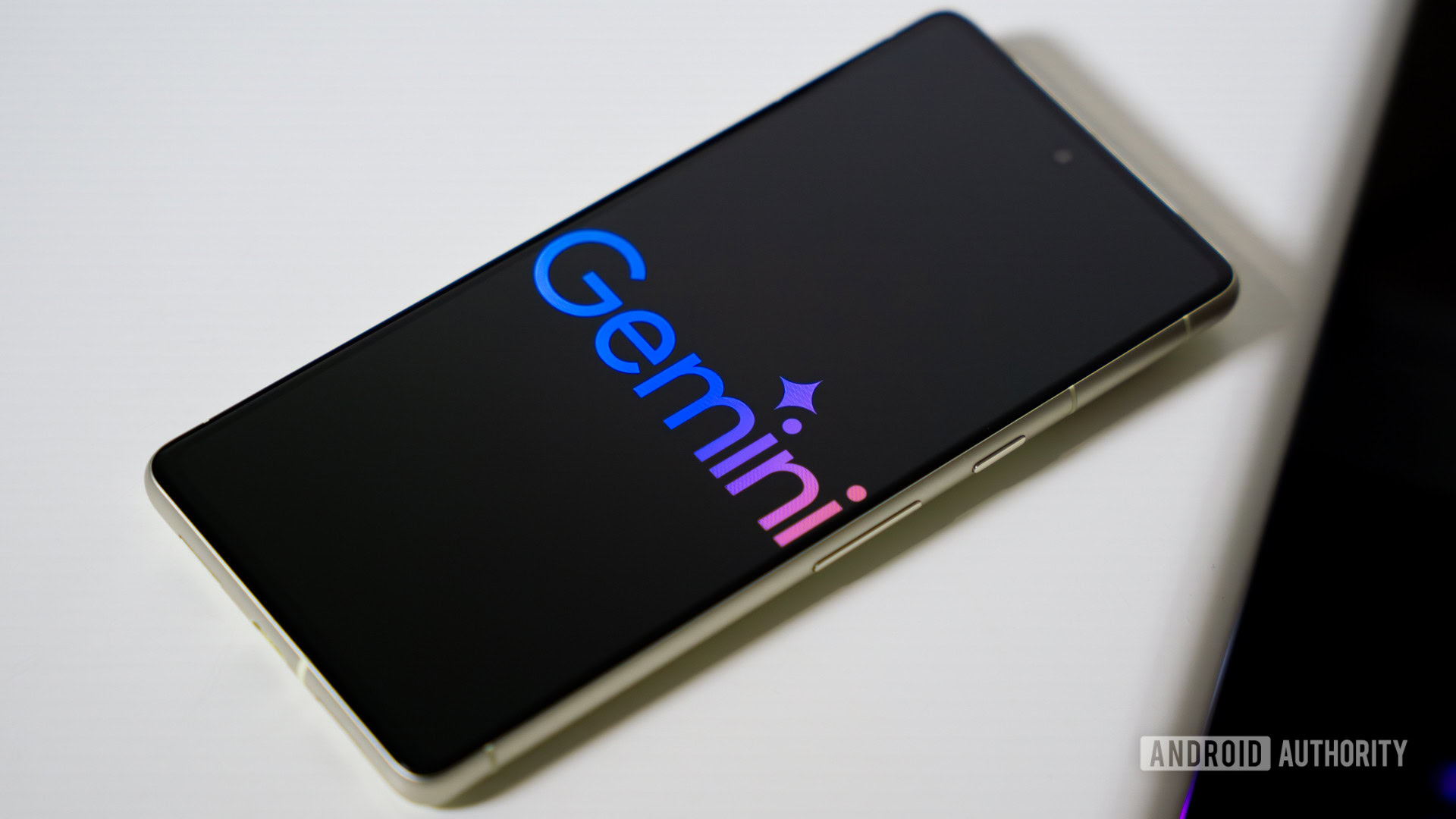




















![Apple Developing AI 'Vibe-Coding' Assistant for Xcode With Anthropic [Report]](https://www.iclarified.com/images/news/97200/97200/97200-640.jpg)
![Apple's New Ads Spotlight Apple Watch for Kids [Video]](https://www.iclarified.com/images/news/97197/97197/97197-640.jpg)






































































![[Weekly funding roundup April 26-May 2] VC inflow continues to remain downcast](https://images.yourstory.com/cs/2/220356402d6d11e9aa979329348d4c3e/WeeklyFundingRoundupNewLogo1-1739546168054.jpg)























